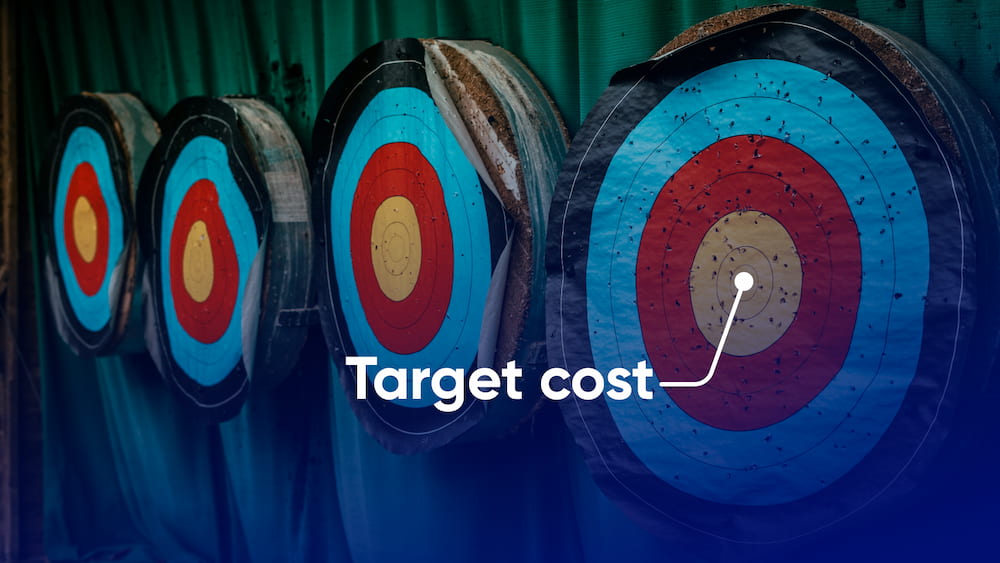In today’s dynamic business landscape, mastering the art of procurement is not just a necessity; its a strategic imperative. The intricate process of sourcing—where every decision ripples through supply chains and ultimately impacts the bottom line—demands a meticulous approach.
A targeted procurement sourcing strategy serves as a blueprint, guiding organizations through the complexities of vendor selection, negotiation, and risk management. But how do you tailor this strategy to align with your unique organizational goals? This complete guide delves deep into the essence of procurement sourcing, offering insights and practical tools to cultivate a strategy that not only meets immediate needs but also anticipates future challenges.
Embark on a journey through the nuanced layers of procurement, where informed decisions pave the way for sustainable growth and competitive advantage. The path may seem daunting, but with the right framework and mindset, achieving excellence in sourcing is within reach.
Analyzing Your Current Procurement Process

Analyzing your current procurement process is the first crucial step toward developing a targeted sourcing strategy that aligns with your organization’s goals. Begin by examining each phase of your procurement cycle—identifying suppliers, negotiating contracts, and managing purchases—while paying close attention to the flow of information and materials.
Where do bottlenecks arise? Are there opportunities for automation or better supplier relationships that haven’t been explored? It’s also essential to gather feedback from team members involved in the process; their insights can unveil inefficiencies you may overlook. Moreover, comparing your procurement metrics, like spend analysis and compliance rates, against industry benchmarks can highlight areas needing improvement.
This comprehensive evaluation will serve as a solid foundation for crafting a more streamlined, efficient procurement strategy that propels your business forward.
Market Research and Supplier Evaluation

Market research and supplier evaluation are the cornerstones of an effective procurement sourcing strategy, setting the stage for informed decision-making and fostering competitive advantage. To start, businesses should delve into various sources—industry reports, market trends, and emerging technologies—gaining a nuanced understanding of both the demand landscape and the shifting dynamics within their supply base.
Evaluate potential suppliers not just on price, but also on their stability, capacity for innovation, and commitment to sustainability. This analysis should include rigorous assessments such as financial health reviews, capacity audits, and performance metrics.
Engaging in direct dialogues with suppliers can reveal invaluable insights, while also allowing for the establishment of partnerships built on trust and transparency. As this intricate dance of research unfolds, the interplay between qualitative and quantitative data becomes paramount, creating a comprehensive portrait of the market that guides strategic procurement decisions.
Ultimately, this foundational step not only mitigates risks but also aligns sourcing efforts with broader organizational goals, ensuring that every dollar spent contributes to long-term success.
Developing Buyer Personas

Developing buyer personas is an essential step in crafting a procurement sourcing strategy that resonates with your target audience. Start by delving into the demographics and psychographics of your potential buyers: what are their roles within organizations? What challenges do they face in their daily tasks? This is not just a simple profile; it’s about understanding their motivations, pain points, and decision-making processes.
Engaging in interviews, surveys, and market research can unveil the nuanced preferences and behaviors of different personas. For instance, a tech-savvy procurement officer may prioritize innovation and speed, while a budget-conscious manager may focus on cost-effectiveness and vendor reliability.
By piecing together these insights, you can create detailed and dynamic personas that inform tailored sourcing strategies, ensuring your efforts align with their unique needs and elevate your overall procurement effectiveness.
Conclusion
In conclusion, developing a targeted procurement sourcing strategy is essential for organizations looking to optimize their purchasing processes and achieve measurable cost savings. By understanding market dynamics, establishing clear objectives, and leveraging data-driven insights, businesses can make informed sourcing decisions that align with their overarching goals.
Moreover, integrating a contract management system into this strategy can enhance compliance, streamline supplier interactions, and provide valuable oversight throughout the procurement lifecycle. Ultimately, a well-defined sourcing strategy not only improves procurement efficiency but also fosters stronger supplier relationships, driving long-term success in a competitive marketplace.


